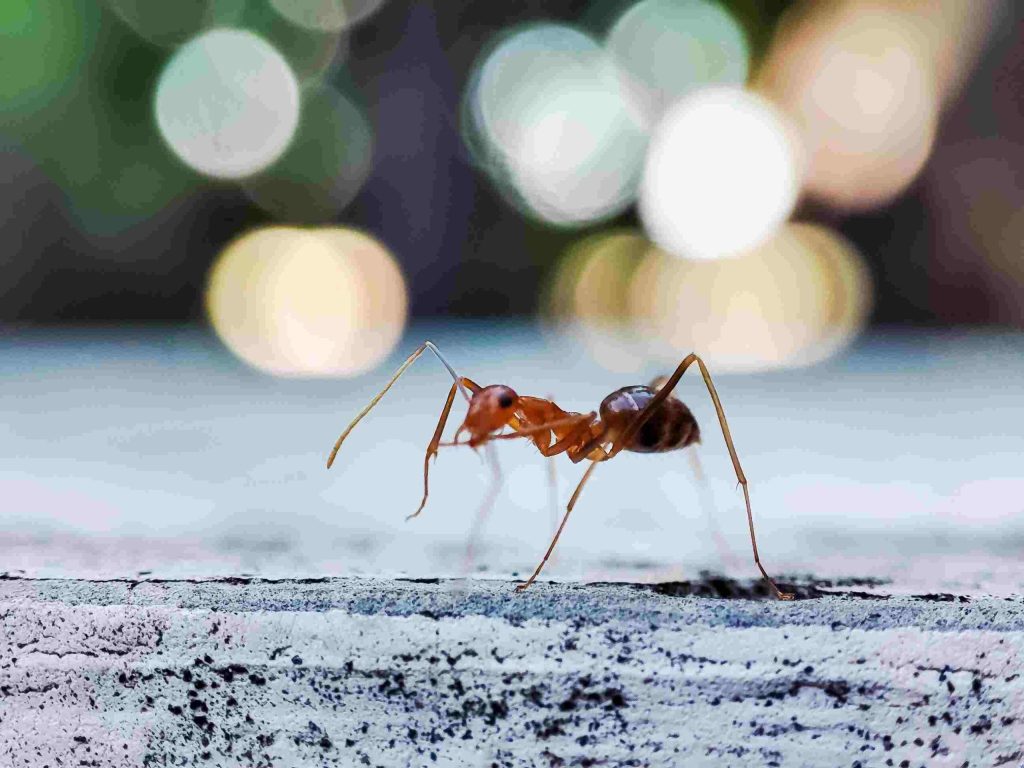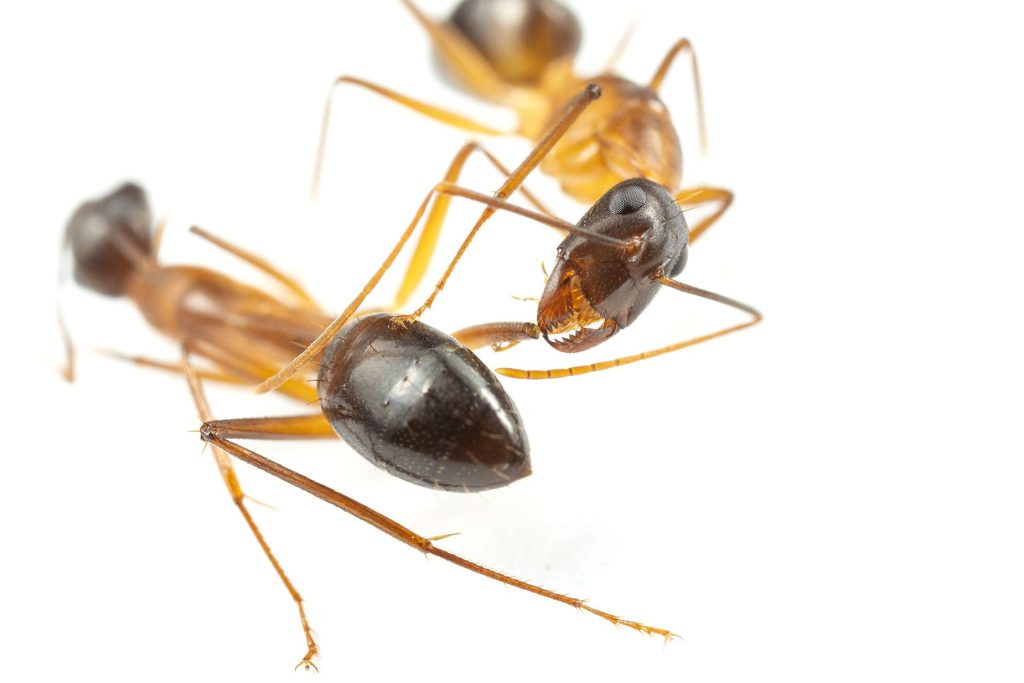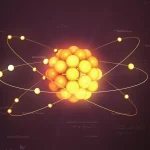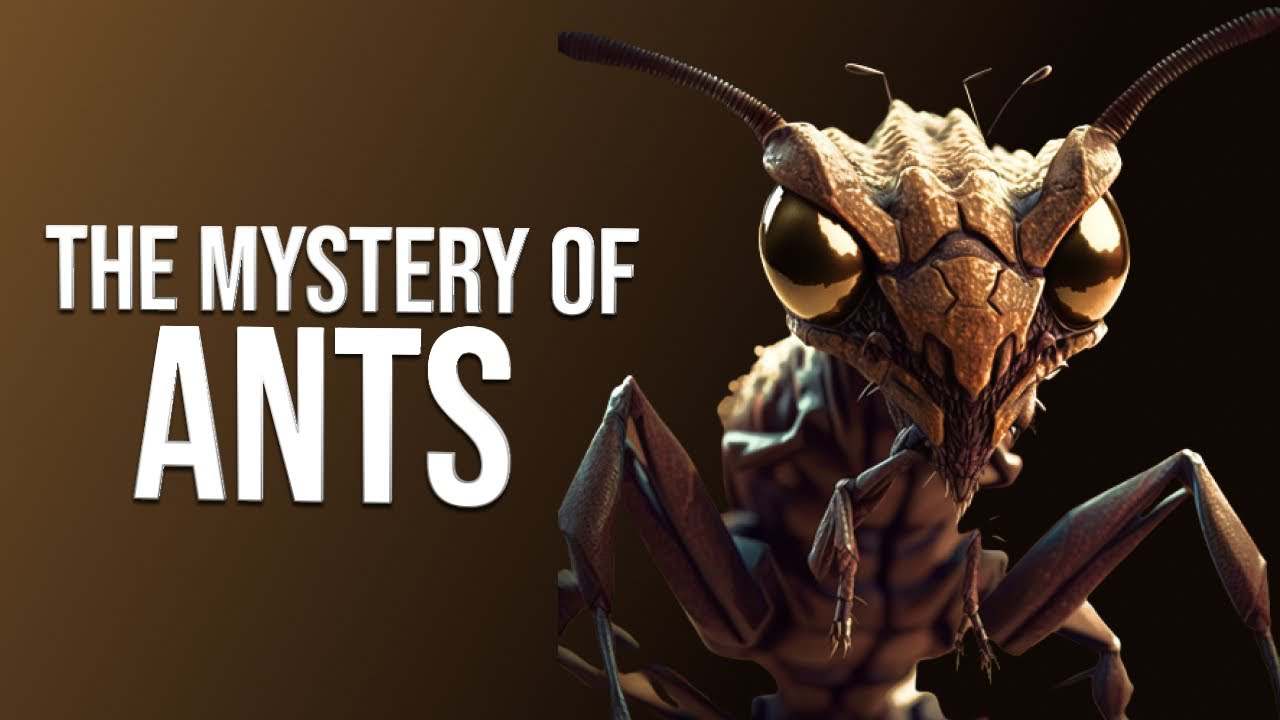How many legs does an ant have? It’s a question many of us wonder about as children, watching tiny ants march in perfect lines.
It was a warm summer afternoon. The sun beamed through the gaps in the trees, and I was lying in my backyard with a magnifying glass in one hand and curiosity in the other. I had just discovered a trail of ants marching across a broken stone path. I followed them as they carried crumbs and leaves, completely fascinated by their teamwork and tiny size.
But then a question popped into my mind—How many legs does an ant have I leaned closer, tried counting, but they moved so quickly I couldn’t keep track. That question stuck with me for years, and little did I know, it would eventually lead me to uncover some incredible truths about these tiny creatures.
How Many Legs Does an Ant Have?
Let’s answer the big question right away. How many legs does an ant have? An ant has six legs. Each leg is attached to the thorax, which is the middle part of the ant’s body. Like all insects, ants belong to a group called hexapods, which literally means “six legs.” So, no matter if it’s a fire ant, a carpenter ant, or even a queen ant, the number of legs remains the same: six.
This might seem like a simple fact, but there’s a whole world of science behind how many legs does an ant have—and why it matters more than you might think.
The Secret Behind Ant Legs
- At any time, three legs are always on the ground while the other three are in the air.
- This provides maximum stability, speed, and balance.
- It also allows them to carry objects many times their body weight.
Each of the six legs has joints, making them flexible and adaptable. The claws at the end of their legs help them climb, dig, and even walk upside down. It’s no wonder ants can be found almost anywhere—on tree bark, underground tunnels, kitchen counters, or even ceilings.

Why Their Six Legs Make Them Special
The number of legs an ant has isn’t just a trivia fact—it’s a biological advantage. Six legs give ants:
- Stability in motion: Even on uneven or vertical surfaces.
- Strength: They can carry up to 50 times their body weight.
- Efficiency: The tripod movement helps them travel long distances quickly.
- Survival skills: Ants escape predators and find food using their legs and antennae in perfect coordination.
Imagine having three sets of legs working together in perfect harmony. That’s what makes ants efficient workers, scouts, and warriors.
Life Lessons from Ant Movements
Watching ants in action can teach us a lot more than you’d expect. Here’s what I learned as I grew up and continued observing them:
- Teamwork: Ants don’t walk alone for long. Their legs take them where the colony needs them.
- Persistence: If they fall or get lost, they keep walking—guided by scent trails and instinct.
- Purpose: Every leg movement is aimed toward a goal, whether it’s food or protection.
This small creature with just six legs can do more than some animals ten times its size. It’s a beautiful reminder that strength lies in unity, focus, and movement.
Beyond the Legs: Ants as Superorganisms
While the question how many legs does an ant have leads us to the number six, it also opens the door to another amazing concept: superorganisms.
Ants don’t just function as individuals. A colony of ants behaves like one large creature, with each ant acting like a “cell” in a much larger body. Here’s how their six legs help support this idea:
- Workers use their legs to build tunnels, gather food, and care for the queen.
- Soldier ants defend the colony using their legs to launch fast attacks.
- Scouts explore and map territory using leg speed and agility.
The six legs of each ant contribute to a grand design of collective intelligence and purpose. It’s a reminder that every small part of a system matters.

Visit our website for more updates and stories
Final Thoughts: The Power of Small Things
When I first asked, how many legs does an ant have, I was looking for a number. What I found instead was a universe of knowledge and inspiration. Ants may only have six legs, but they use each one with determination, purpose, and coordination.
These tiny creatures carry out enormous tasks, change environments, and survive in extreme conditions—all powered by those six little legs.
So the next time you see an ant crawling by, don’t just brush it away. Watch it closely. You might just find yourself learning something new—not just about ants, but about yourself.
After all, if a six-legged creature the size of a grain of rice can build cities and conquer forests, imagine what you can do with two.













